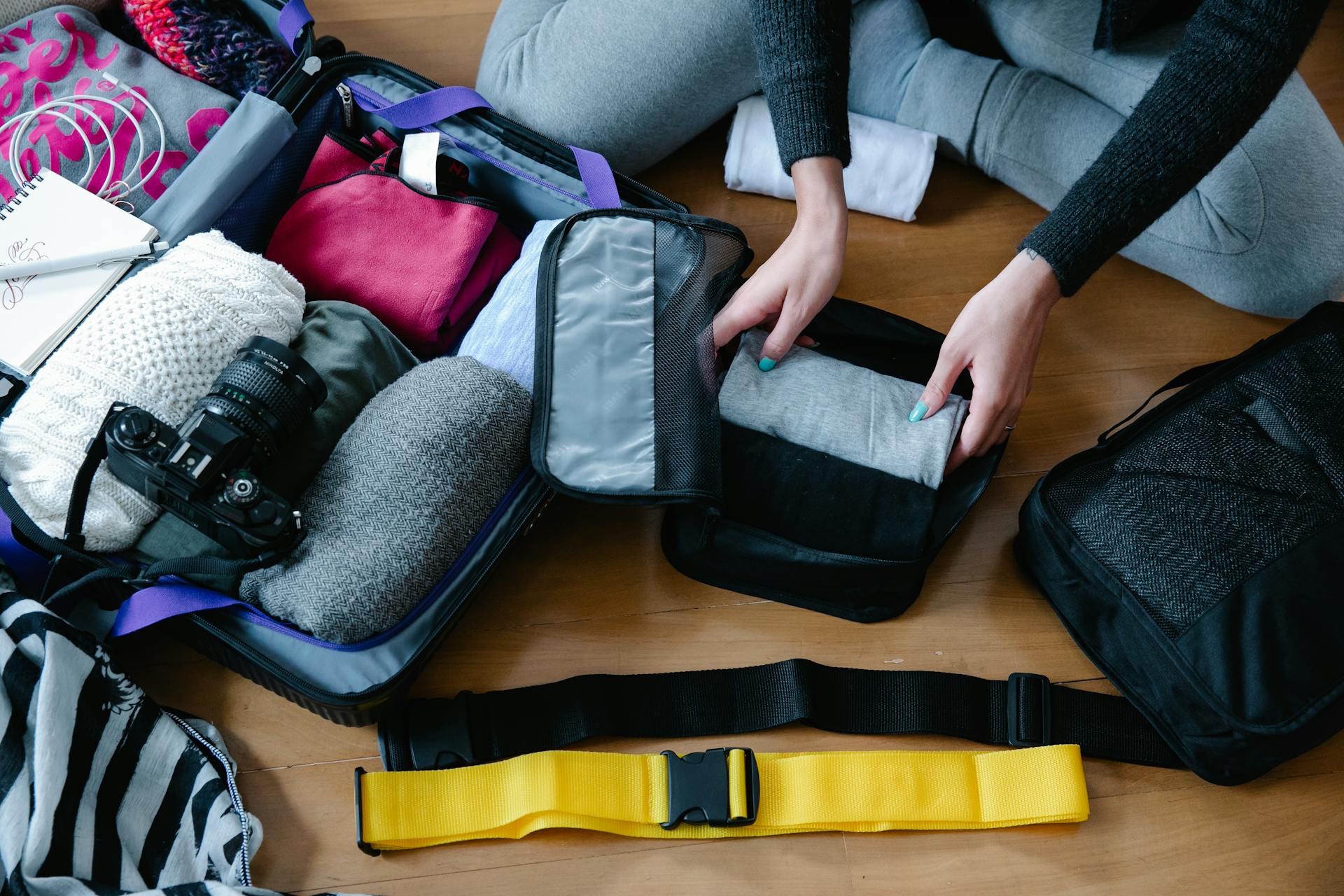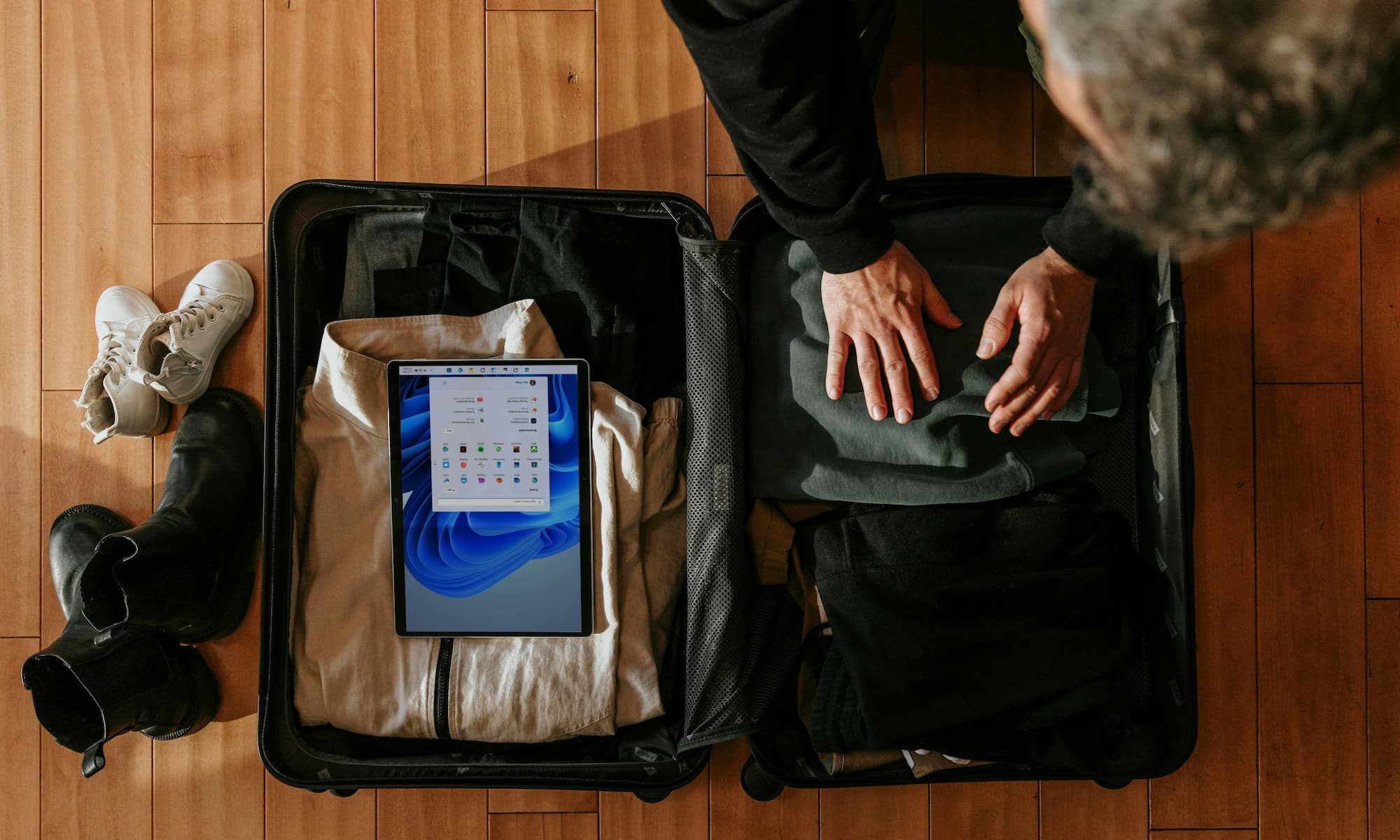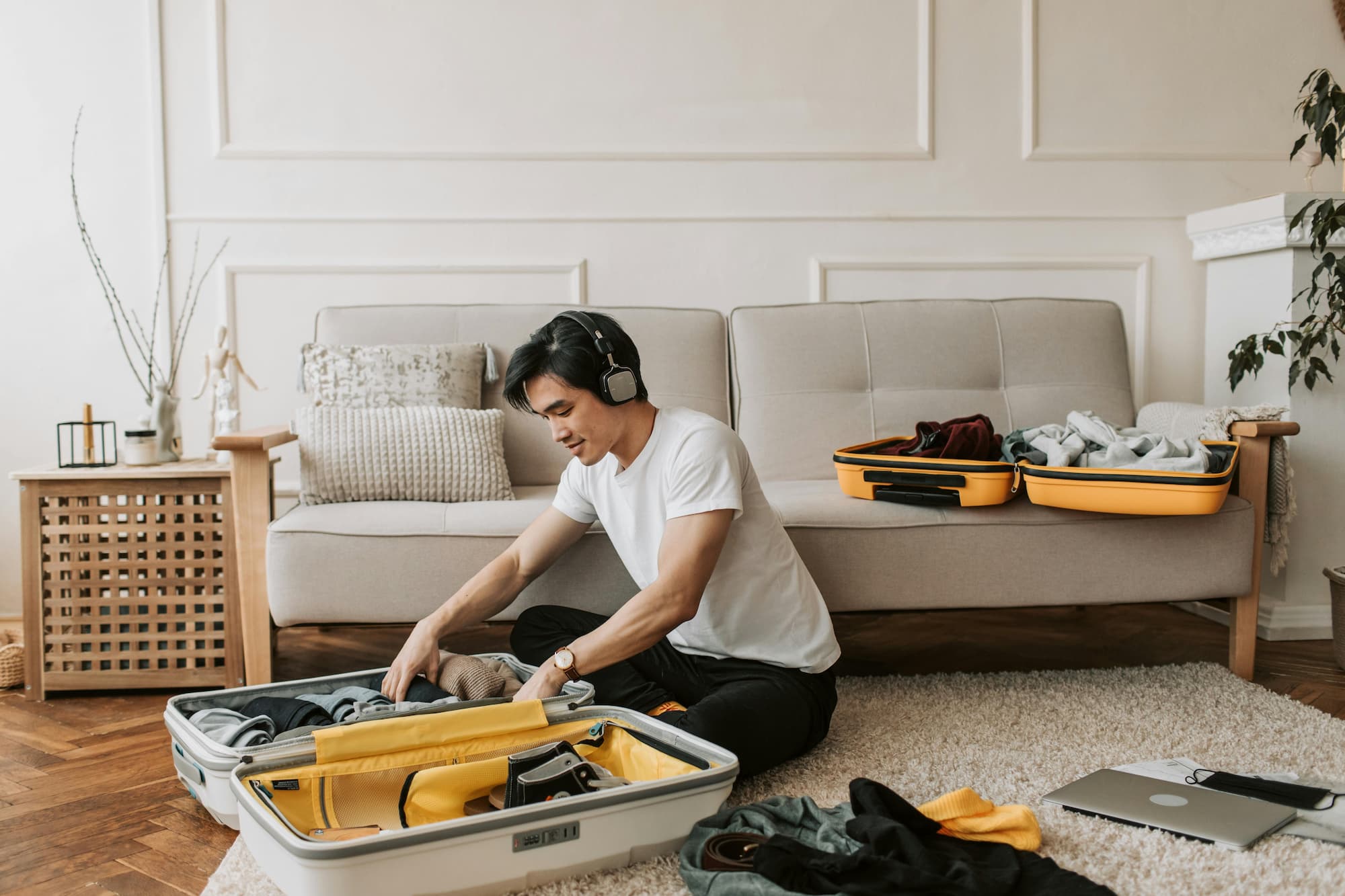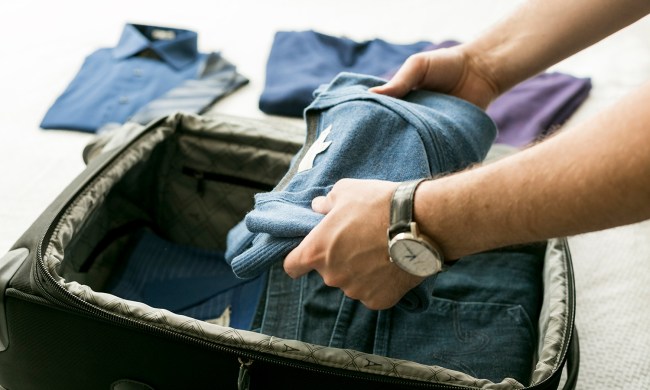If you’ve ever tried to squeeze one more outfit into your carry-on, you’ve probably considered using a compression packing bag. It’s one of those travel hacks that sounds promising, but does it actually make a difference? I decided to find out for myself by packing the same suitcase twice: once using a compression bag and once the old-fashioned way. I wanted to see how much space I could actually save, how wrinkled my clothes would get, and whether the hassle was worth it. Here’s what happened.
So, what is compression packing?

Basically, compression packing is a way to squeeze your clothes down to take up less space. You use a compression bag or compression packing cube to push the air out and flatten everything. The idea is that you can bring the same amount of clothes, but they’ll take up less room. This means you might actually have space for an extra outfit or two (or some souvenirs on the way home).
How I tested compression packing
To put it to the test, I packed for a standard long-weekend trip. The idea was to keep everything realistic, just enough clothes for a three to four-day getaway without overdoing it. Here’s what I packed:
- 3 t-shirts
- 2 pairs of pants
- 1 puffer jacket
- 1 set of pajamas
- 4 pairs of socks
- 4 pairs of underwear
First round: Packing with a compression packing bag

For this test, I used a compression packing bag from Ekster. After folding my clothes and zipping them inside, I used the Ekster air pump to shrink them all down. And wow, it really worked! The bundle of clothes shrank to about half its original size, maybe even less. Once I popped it into my carry-on, I still had room for shoes, toiletries, and a book. Everything fit neatly and the suitcase zipped closed with zero struggle.
Second round: Packing without a compression packing bag

Next, I packed the same items the regular way, folded and stacked directly into the suitcase. It was noticeably bulkier. I had to be more strategic about placement, and while I could get the suitcase closed, it was definitely a tighter fit.
Does compression packing save space?

Yes. A lot, actually. I’d estimate that I saved somewhere between 50 percent and 60 percent of the packing volume just by using one compression bag. That extra space made it way easier to include things I might normally leave behind or struggle to fit.
Here are some of the standout benefits I noticed:
- More usable space. Everything fit with room to spare.
- Easier to close the suitcase. No sitting or squishing required!
- Neater organization. The compression bag kept everything compact and in one spot, which made it easier to stack other items on top.
Does compression packing make your clothes wrinkled?

So, here’s the trade-off — some wrinkles are inevitable depending on the type of clothes you’re packing. Here’s how things held up for me:
- T-shirts and pajamas were fine, nothing too noticeable.
- Pants had some light creasing, but nothing serious.
- The puffer jacket fluffed back up no problem.
The bottom line is that if you’re packing anything that needs to stay crisp, like dress shirts or formalwear, compression might not be your best bet. But for casual clothes? Totally worth it.
Final thoughts: Is compression packing worth it?

If you’re someone who tends to overpack, struggles to close your suitcase, or just wants a cleaner packing setup, compression packing is 100 percent worth trying. It’s especially useful for carry-on-only travelers who need to maximize every inch of space. That said, it’s not for everyone. If you’re only going away for a night or two and packing light already, or if you need fully wrinkle-free clothes for a special occasion, compression might not be necessary. But for most casual travelers, it’s a simple upgrade that can make a big difference.
In my opinion, compression packing is ideal for:
- Carry-on travelers
- Frequent flyers
- People packing bulkier clothes (jeans, sweaters, hoodies)
- Anyone who values a more organized suitcase
FAQs

Do compression packing bags wrinkle clothes?
Yes, some clothes will wrinkle, especially more structured fabrics like dress shirts or slacks. Casual items like t-shirts, joggers, and athletic wear usually come out just fine.
Can compression packing bags really save space?
Yes. Compression bags can save about 60 percent more space in your luggage, according to Ekster, by compressing air out of your packed clothes.
Are compression bags worth it for carry-on travel?
Definitely. If you’re only bringing a carry-on, compression bags help you fit more without overstuffing. They’re also great for keeping things organized and easier to repack on the go.
What’s the difference between compression cubes and regular packing cubes?
Regular packing cubes help with organization, but don’t compress clothes. Compression cubes or bags, on the other hand, are designed to shrink the volume by removing excess air.
Can compression bags damage your clothes?
Not typically, but over-compressing delicate fabrics can cause deep creases or stretch certain materials. It’s best to avoid compression for fragile items like silk, linen, or structured garments.




